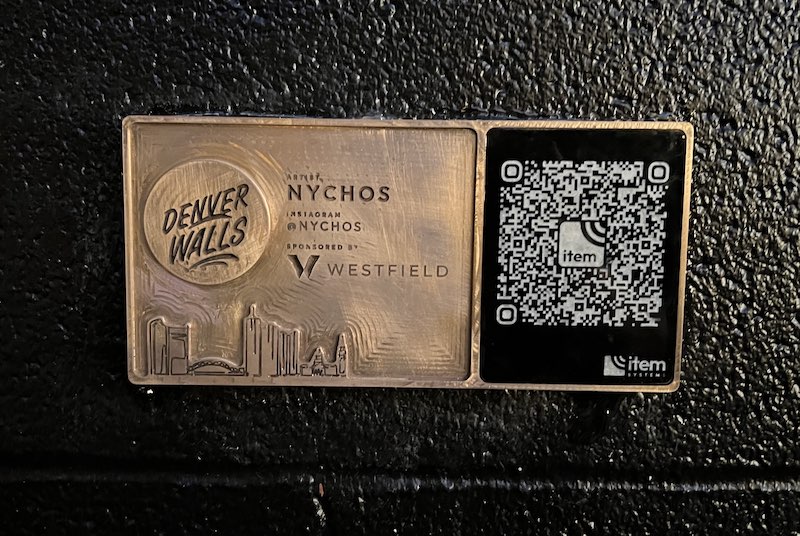COZ and AxLabs have unveiled their latest joint venture, ITEM Systems. The new organization is committed to the advancement of non-fungible item technology, connecting the digital and physical worlds.
The announcement was made at an X Spaces event on October 5, featuring COZ’s CEO Tyler Adams and AxLabs’ founder, Dr. Guil Sperb Machado, each group represented.
Previously, COZ and AxLabs combined their NFI technology expertise in the creation of the OneBand ring. This innovation has been activated at events such as Consensus 2023, the Tribeca Film Festival and Token2049 2023.
An NFI, or non-fungible item, is essentially a physical asset that is cryptographically linked to a digital twin. This technology allows individuals to validate ownership of tangible items and perform specific on-chain or off-chain actions via NFC. ITEM Systems was founded on the belief that NFIs can broaden the horizons for real-life web3 applications, even for those with little to no blockchain exposure.
Recently, the ITEM Systems brand’s first technology was deployed through COZ’s partnership with the DENVER WALLS mural festival. Together they introduced bronze plaques equipped with NFI technology to murals in Denver’s River North area. These cryptographically unique plaques allow visitors to tap their phones and digitally “collect” murals, which can later be redeemed for rewards at local establishments.

NFI plaque displayed on mural in Denver
Reflecting on the collaboration with AxLabs, Adams noted:
“From a safety perspective, it makes sense for us to partner with the best of the best we know to make this happen because that is the best chance of success. For the COZ team, AxLabs is the best of the best that we work with, and we have a very long-term, healthy relationship with the AxLabs team. We share a similar vision of what it will take to make this happen. We also complement each other quite well in terms of skills. So it’s hard for me not to say it was just a natural fit – it really was.”
Machado provided further insight into how the two teams complement each other from a skills perspective, sharing:
“When Tyler came to me, I told him, ‘Look Tyler, I’m a computer scientist. I have a PhD in computer science. I don’t like hardware. I prefer to stay on the abstraction layer above, namely the software.’ And then Tyler said, “Guil, I’m going to teach you something.” Then he took me on a journey and taught me how materials work and how the chip could be integrated into metal, resin, and its positioning, and its position. And I was actually in love. I said, ‘Man, that’s cool. Let’s do it… I’m going to help make the best software, the best experience and the best user journey possible for our customers.’ And I think it was a really good fit.”

